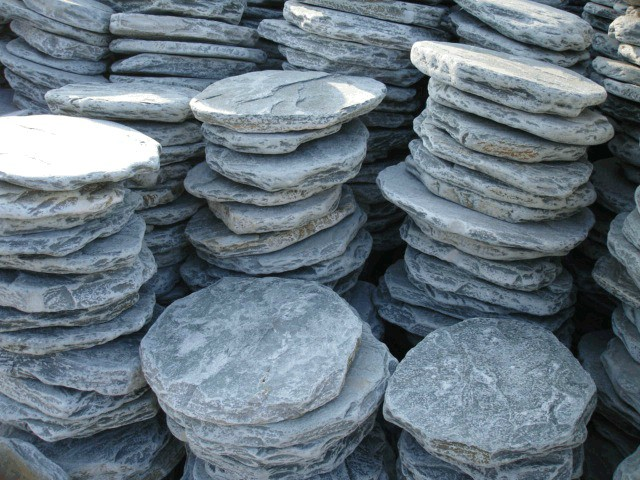The Rise of Industrial Cultured Stone A Comprehensive Guide to Its Uses and Benefits

Introduction
In recent years, industrial cultured stone has emerged as a popular choice for construction and design projects. This innovative material offers a cost-effective and versatile alternative to natural stone, while still providing the aesthetic appeal and durability that is desired in various applications. In this article, we will explore the world of industrial cultured stone, examining its uses, benefits, production process, and environmental impact.
Uses of Industrial Cultured Stone
Industrial cultured stone is a versatile material that can be used in a wide range of applications. One of the most common uses of this material is in building construction, where it is often used as a cladding material for exterior walls. Cultured stone can mimic the look of natural stone, brick, or other materials, providing a cost-effective way to achieve a desired aesthetic without the expense of using traditional materials.
In addition to building construction, industrial cultured stone is also used in landscaping projects. It can be used to create retaining walls, walkways, and other hardscape features that add visual interest to outdoor spaces. Cultured stone is available in a variety of colors, shapes, and textures, making it easy to customize the look of any project.
Benefits of Industrial Cultured Stone
There are several key benefits to using industrial cultured stone in construction and design projects. One of the primary advantages of this material is its cost-effectiveness. Cultured stone is typically less expensive than natural stone, making it a more budget-friendly option for projects with limited funds.
Another benefit of industrial cultured stone is its versatility. This material can be molded and shaped to create a wide range of textures and designs, allowing for endless possibilities in terms of customization. Whether you are looking to create a rustic, traditional, or modern aesthetic, cultured stone can be tailored to suit your design preferences.
https://www.fs-slate.com/fs-040b/ cultured stone is also known for its durability and low maintenance requirements. Unlike natural stone, which can be prone to cracking and weathering over time, cultured stone is designed to withstand the elements and maintain its appearance for years to come. Additionally, because cultured stone is manufactured rather than quarried, it is less likely to have variations in color or texture, ensuring a consistent look across a project.
Production Process of Industrial Cultured Stone
The production process of industrial cultured stone involves several key steps, starting with the selection of raw materials. These materials typically include a combination of cement, aggregates, pigments, and other additives that help to give the final product its desired appearance and characteristics.
Once the raw materials have been selected, they are mixed together in a precise ratio to create a slurry that can be poured into molds. These molds are typically made from silicone or other flexible materials that allow for intricate details to be captured in the final product. The slurry is poured into the molds and left to cure, usually for a period of several days.
After the cultured stone has cured, it is removed from the molds and undergoes a finishing process to enhance its appearance. This may involve sanding, polishing, or painting the surface of the stone to achieve the desired texture and color. The finished product is then ready to be shipped to customers and used in construction and design projects.

Environmental Impact of Industrial Cultured Stone
One of the key considerations when using industrial cultured stone is its environmental impact. While cultured stone is often touted as a more sustainable alternative to natural stone, it is important to consider the energy and resources that are required to produce this material.
The production of industrial cultured stone typically involves the use of energy-intensive processes, such as mixing, curing, and finishing. Additionally, the raw materials used in the production of cultured stone, such as cement and aggregates, may have a significant carbon footprint due to their extraction and transportation.
To mitigate the environmental impact of using industrial cultured stone, it is important to consider the source of the raw materials and the manufacturing processes used by the supplier. Opting for suppliers that prioritize sustainability and eco-friendly practices can help to reduce the carbon footprint of cultured stone production.
Conclusion
Industrial cultured stone is a versatile and cost-effective material that is gaining popularity in construction and design projects. With its ability to mimic the look of natural stone, its durability, and its low maintenance requirements, cultured stone offers a practical and attractive alternative to traditional building materials.
While there are benefits to using industrial cultured stone, it is important to consider the environmental impact of this material and to make informed choices when selecting suppliers. By choosing sustainable sources and manufacturers, we can ensure that cultured stone continues to be a viable option for future projects.
